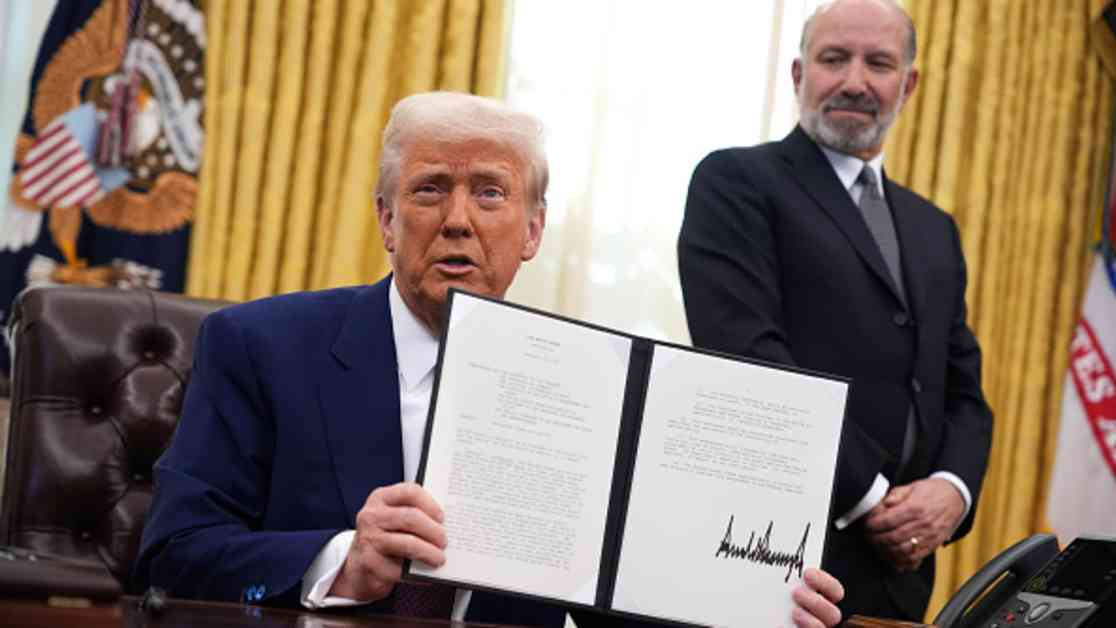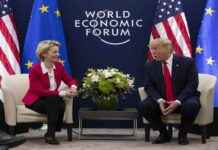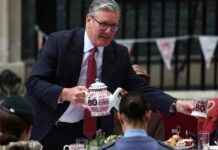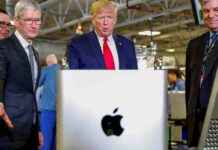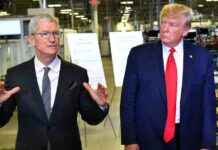President Donald Trump unveiled his ambitious plan to implement reciprocal tariffs on foreign nations during a press event in the Oval Office at the White House on February 13, 2025. Joined by Secretary of Commerce Howard Lutnick, Trump signed a presidential memorandum outlining his strategy to address what he perceives as unfair trade practices by other countries.
In his address, Trump emphasized the need for a level playing field in international trade. Under the new plan, the United States will respond to foreign nations’ non-tariff policies, such as value-added taxes (VATs), with tariffs of its own. Trump made it clear that the U.S. will no longer tolerate foreign countries using intermediary countries to circumvent trade restrictions.
One of the key components of the plan is the classification of VATs as unfair trade practices that warrant reciprocal tariffs. VATs are consumption taxes imposed at different stages of a supply chain, and Trump aims to address what he sees as a lack of competitiveness for U.S. businesses in Europe due to these taxes. However, the nonpartisan Tax Foundation released a report disputing this claim, suggesting that VATs are actually trade-neutral.
While the reciprocal tariffs are not set to take effect immediately, Trump announced that Howard Lutnick, his nominee for Commerce secretary, will lead studies to determine the appropriate tariff levels for each affected country. Lutnick expressed confidence that these studies will be completed by April 1, indicating a swift but thorough approach to implementing the new tariffs.
Trump further elaborated on his plan in a post on Truth Social, highlighting provisions for subsidies and non-monetary tariffs and trade barriers employed by other countries. He emphasized the importance of fair treatment, underscoring the significant financial costs borne by America in helping other nations over the years.
This move comes on the heels of previous tariffs imposed by Trump on countries like China, Canada, and Mexico, as well as on steel and aluminum imports. While the tariffs on Canada and Mexico are currently paused due to commitments to address border security issues, Trump’s broader trade agenda is gaining momentum.
As a candidate, Trump had hinted at imposing broad tariffs on all U.S. imports, but he also advocated for legislative support for the “Trump Reciprocal Trade Act.” This act would grant him the authority to levy tariffs on countries that impose higher tariffs on American goods. Since assuming office, Trump has also signaled his intention to target the European Union, citing trade imbalances and a lack of purchases of American products by EU nations.
However, the EU has pushed back against these threats, warning of potential retaliation and the risk of escalating trade tensions that could harm global economies. Despite these challenges, Trump remains steadfast in his commitment to reshaping America’s trade policies for what he believes is a fairer and more competitive landscape.
The announcement of the reciprocal tariffs coincided with Indian Prime Minister Narendra Modi’s visit to the White House, underscoring the significance of these trade policy changes on the global stage. With tensions brewing and economic stakes high, the world watches closely as the United States charts a new course in international trade relations.





